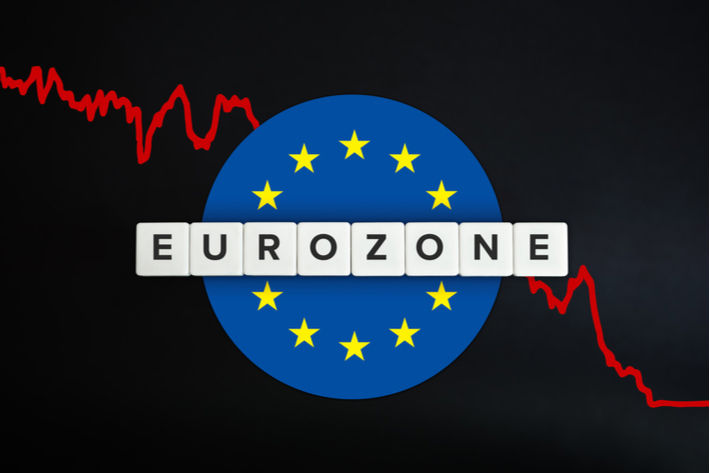Eurozone economic growth remained robust in May despite headwinds associated with the Russia-Ukraine war, pandemic supply constraints and the rising cost of living, according to IHS Markit. Measured overall, new manufacturing orders fell for the first time since June 2020, contrasting with further solid growth of new business inflows into the service sector.
Although manufacturing output growth improved slightly in May, it remained very modest after production growth had slowed to a near stand-still in April. The second quarter so far has consequently seen the weakest manufacturing expansion since the pandemic-related shutdowns in the second quarter of 2020.
Eurozone economic growth remained robust in May despite headwinds associated with the Russia-Ukraine war, pandemic supply constraints and the rising cost of living, according to IHS Markit. Measured overall, new manufacturing orders fell for the first time since June 2020, contrasting with further solid growth of new business inflows into the service sector.
Factory output continued to be constrained by widespread supply shortages, with the Ukraine war and China’s lockdowns having exacerbated existing pandemic-related supply chain pressures.
The service sector, however, witnessed demand growth wane slightly compared to April’s eight-month high.
However, while the service sector continued to report strong growth from pent-up pandemic demand, the manufacturing sector saw only a modest expansion for the second month running amid falling order book inflows.
While both sectors continued to report solid hiring, with the service sector reporting the strongest jobs gain for almost 15 years, business expectations deteriorated slightly to the second-weakest seen over the past year-and-a-half to reflect growing concerns about the outlook, London-based IHS Markit said in a press note.
Meanwhile prices charged for goods and services rose at the second-highest rate yet recorded by the survey, though the rate of inflation cooled slightly compared to April following a second successive monthly easing in firms’ input cost inflation.
The seasonally-adjusted S&P global eurozone purchasing managers’ index composite output index edged down from 55.8 in April to 54.9 in May, according to the preliminary ‘flash’ reading.
The latest reading indicated an expansion of economic activity for the 15th successive month, with the rate of growth easing only modestly to remain well above the survey’s long-run average.
Growth was led by the service sector, which recorded its second-strongest expansion in the past eight months. Many consumer-facing service sector businesses again reported strong demand due to the reopening of the economy after Omicron related restrictions, driving especially robust growth for tourism and recreation activities.
Many manufacturing industries reported that supply chain delays, combined with increased caution among customers and spending by households being diverted from goods to services, led to weaker output growth or even falling production.
Confidence fell to the lowest since the first wave of the pandemic in manufacturing during May but remained more resilient in services. Looking across the region, France recorded the strongest expansion, its rate of growth easing slightly on April, but remaining the second-strongest since June of last year thanks to a further surge in service sector activity and a more modest expansion of manufacturing output.
Growth in Germany meanwhile lagged that of France but gained a little momentum compared to April to run close to the average recorded so far this year.
Robust services growth in Germany was accompanied by a modest return to growth in manufacturing after April’s brief downturn.
The rest of the eurozone as a whole meanwhile also continued to expand, though the increase was the smallest seen over the past four months thanks to slower growth in services and a near-stalling of factory output growth.
Fibre2Fashion News Desk (DS)







